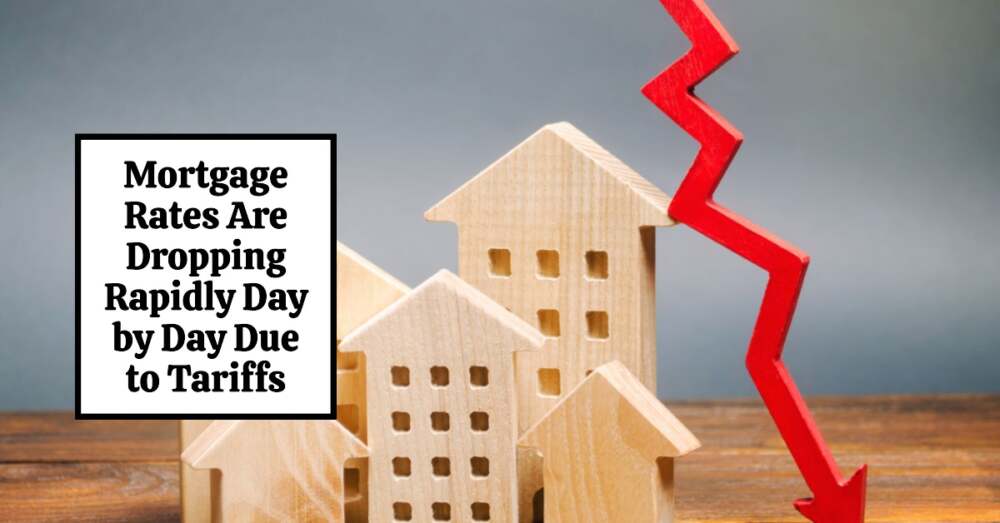Mortgage rates in the U.S. are falling fast, and not simply because of direct actions by the Federal Reserve. Recent developments in bond markets, investor behavior, and changing economic expectations have created conditions for mortgage rates to shift quickly — to the benefit of prospective homebuyers and refi seekers alike.
What’s Driving the Drop
- Bond Yields Are Heading Down
The yields on long-term government bonds have eased, largely due to growing belief that the Federal Reserve will soon begin cutting its benchmark rate. Weaker-than-expected job growth and fears of an economic slowdown are feeding these expectations. - Shrinking Spreads Between Treasury Yields and Mortgage-Backed Securities (MBS)
Mortgage rates are heavily influenced not just by Treasury yields, but by how much higher yields on mortgage-backed securities are compared to Treasurys. As that spread narrows, funding costs for mortgages decrease, which can be passed on to borrowers. The recent compression in that spread has helped pull mortgage rates lower. - Structural Features of Mortgage Bonds (“Coupon Buckets”)
Mortgage bonds are grouped into standardized coupon levels (for example, bonds with coupons at 6%, 5.5%, etc.). When rates are high, investors may start preferring bonds in the lower coupon “buckets,” particularly if they believe rates will fall further. As demand shifts to those lower-coupon buckets, mortgage originators can offer loans at slightly lower rates, since those lower-coupon bonds become more attractive. That shift can accelerate as rates approach thresholds between one bucket and the next. - Hedging and Investor Behavior
Investors who hold MBS often hedge their risks via Treasury securities. When bond yields move, those hedging actions can amplify rate movements: falling bond yields can encourage buying of Treasurys or related securities, which in turn depresses their yields further — creating a feedback loop that pulls mortgage rates down more quickly. - Economic Expectations
Slower hiring data, concerns about inflation remaining high, or worries about recession all contribute to a “discount rate” environment. If investors expect economic growth to slow, or inflation to ease, they price in lower rates. That influences both bond markets and mortgage lenders.
Why Mortgage Rates Can Move Quickly
Because many of these factors are interconnected, modest changes can ripple through quickly:
- A weak jobs report or an inflation print below expectations can make rate‐cut expectations jump, which in turn shifts bond yields and spreads.
- Small changes in how investors value “coupon buckets” may lead to outsized shifts in demand across mortgage bond types, which can suddenly alter what mortgage originators are willing to offer.
- Hedging flows are reactive — once certain triggers are crossed, large-scale adjustments (buying or selling in bond and MBS markets) can happen fast.
What It Means for Homebuyers & the Market
- Buying becomes somewhat more affordable — lower mortgage rates reduce monthly payments.
- Refinancing becomes more attractive for homeowners who locked in higher rates.
- Housing demand could pick back up, though affordability remains a concern where home prices are elevated or wages haven’t kept pace.
- Still some risk: rate drops are not guaranteed to continue, especially if inflation reaccelerates or the Fed signals more tightening than easing.
- Market sentiment matters a lot — sometimes expectations shift faster than fundamentals.
Bottom Line
We’re seeing a rare mix of favorable conditions for mortgage borrowers: falling long‐term yields, narrower risk spreads, structural features in the bond markets that favor a drop, and economic signals pointing toward easing. These combined forces mean rates can fall quite quickly — when the timing and expectations align right. But the flip side is just as true: any unexpected shock could reverse or stall this momentum.
















Leave a Reply